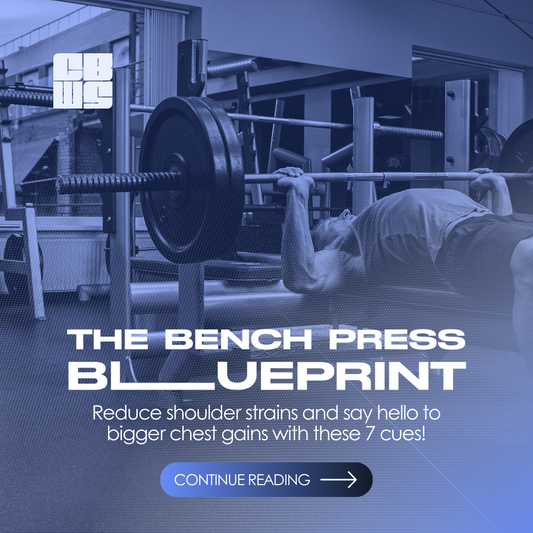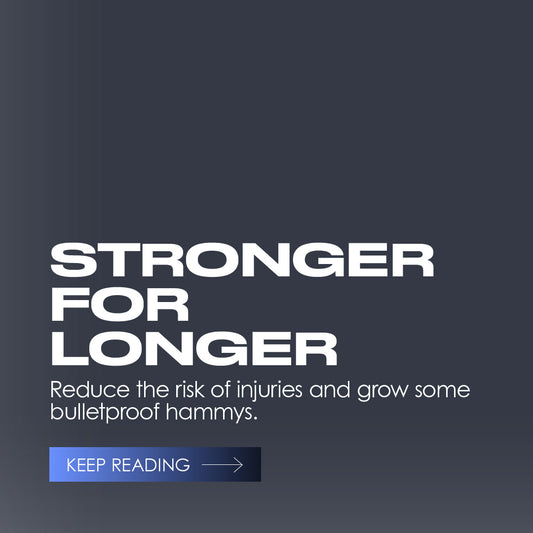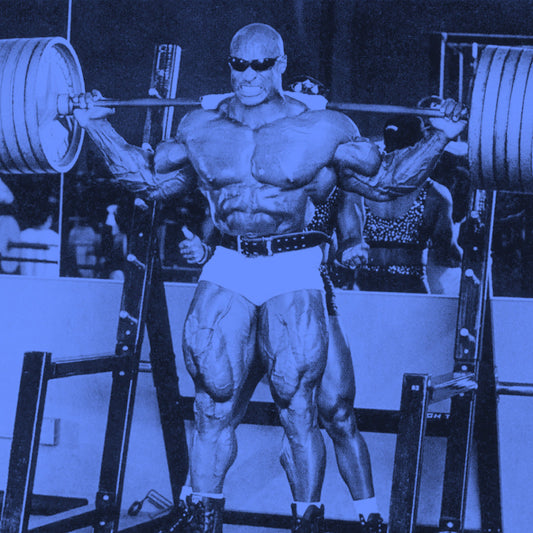How to Bulletproof Those Hamstrings
Most of you reading this have have heard that fearful cry at some point: “I’ve done a hammy!” My firefighter friend said it in the gym while doing shuttle runs. My brother-in-law said it after some sumo deadlift reps. And I don’t know how many times I’ve heard it at school sport carnivals during the parent races.
Hamstring injuries (the proper term for “doing a hammy” for any non-Australians out there) are among the most prevalent musculoskeletal injuries, particularly in sports that involve sprinting, kicking, or sudden acceleration and deceleration. These injuries can range from mild strains to severe tears, often requiring extensive rehabilitation and impacting athletic performance and daily activities.
The good news for CrossFitters, footy players, parents chasing kids, and all weekend warriors is that we can take action to care for those hammys and make them stronger for longer. And all of this can easily be done in the sanctity of your home gym with the Nordic curl (also called the Nordic ham curl or bodyweight hamstring curl).
Biomechanic Breakdown for the Nordic Curl
Before we discuss the best equipment for Nordic curls, let’s break down some biomechanics.
Your hamstrings are technically not one muscle but a group of muscles at the back of your thigh. The muscle most commonly referred to is the biceps femoris – yeah bro, you have biceps in your leg! There are some other muscles with names too big for this article (more on this at the end*) and together they work to flex the knee and extend the hip, playing a crucial role in activities like walking, running, and jumping.
Imagine you’re kneeling on the floor, holding yourself upright. In this position, your hamstrings are relaxed. But as you start to lean forward, your hamstrings must work hard to control the movement and keep your body from falling forward too quickly. In terms of a Nordic curl, this part of the movement is called the eccentric phase, with your hamstrings getting longer as they work.
Bigger Biceps For Your Legs?
The main muscle we're focusing on here is the biceps femoris. As you lean forward, the biceps femoris is getting longer as it strains to resist gravity (i.e. performing a rapid faceplant). This exertion under tension is the crucial part of the exercise that helps to strengthen the muscle and make it more resilient. These may be the bicep curls you never knew you needed!
Work Those Glutes!
A smaller but useful benefit in this movement is the activation of your gluteus maximus. The glutes are involved in hip extension, which is a key component of the Nordic curl movement. As you lower your torso towards the ground, your hips naturally extend, which requires activation of the glutes to stabilise the pelvis and support the movement.
Quick Recap: Benefits of Nordic Curls
If you tracked with me in the brief science lesson above, you’ve got the idea by now… Slowly lowering your body towards the ground from a kneeling position creates eccentric loading on the hamstrings. This lengthening of the muscle while under tension builds strength and stability that will improve your athletic performance and assist in preventing injuries.
Remember that no single exercise done in isolation will deliver perfect results. For ongoing hamstring happiness you also need to incorporate proper warm-ups and mobility routines into your weekly activity. But if you add Nordic curls to those other ingredients, you’ll be onto a winning routine whether you’re training for team sports, faster runs, or heavier lifts.
How To Perform Nordic Curls
There are just two critical things you need to perform a Nordic curl: a soft surface for your knees, and something sturdy to anchor your feet. People have come up with all kinds of creative ways to set up for the exercise, but if you want to Nordic curl like a boss, you’ll want something safe and secure like this Nordic Hamstring Curl Machine from ChasingBetter WOD Supplies.
-
Starting Position: Kneel on a soft surface with your feet anchored under a stable object or have a partner hold your ankles. Your knees should be hip-width apart, and your toes should be in contact with the ground.
-
Lowering Phase (Eccentric): Slowly lean forward from your knees, maintaining a straight line from your head to your knees. Engage your core and keep your back straight. Lower your torso towards the ground as far as you can control, keeping your hands in front of your shoulders. Focus on using your hamstrings to control the movement.
-
Return Phase (Concentric): Use your hamstrings to pull yourself back up to the starting position. You can use your hands to push off the ground or a partner to assist if needed.
Sound easy? IT ISN’T!
To make it easier, stack some objects in front of you to decrease the range of motion and use your hands to catch yourself when you feel your legs failing. Once you’ve gained strength and are feeling more confident, remove the objects and try and go all the way to the floor.
Pro-tip: If you have the hamstrings of Hercules, you can increase the challenge by holding a light weight like a bumper plate in front of your chest!
Add Nordic curls into your home workout or gym routine 2-3 times a week and build up your reps over time. 3 sets of 5 reps might be a good starting point for a beginner, but work your way up and keep moving towards the goal of a full unassisted rep: upright >> floor >> upright.
Summary
To wrap it up: hamstring injuries are all too common, affecting athletes and active individuals alike. With proper care and strengthening exercises such as the Nordic curl, you can reduce the risk of these injuries and grow some bulletproof hammys. The right equipment is going to help you perform the movement safely and scale it to an appropriate level for your fitness. Finally, we want you to know that we’ve got tons of great gear on offer in this month’s CBWS clearance sale, including the heavily discounted Nordic Hamstring Curl Machine.
Wishing you and your hamstrings happiness and health!
For the muscle nerds out there, the other components of the hamstrings (apart from the biceps femoris) are… Semimembranosus: This muscle is located on the inner side of the back of the thigh. Semitendinosus: This muscle is located between the biceps femoris and semimembranosus. Say that three times fast!



